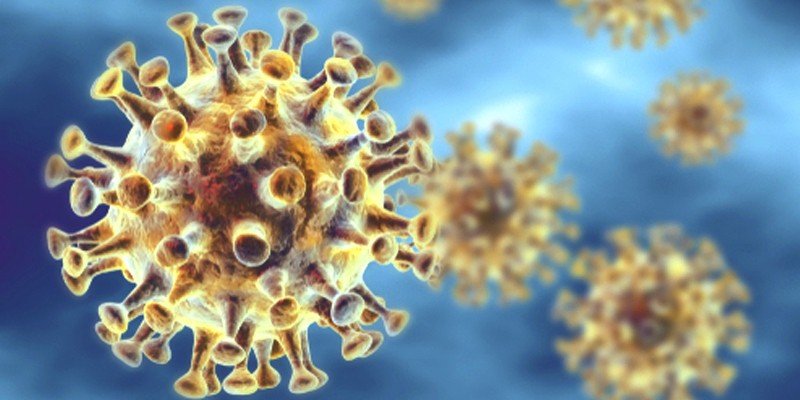
AN OVERVIEW OF CORONAVIRUS
An Overview of Coronavirus: Impact, Prevention, and the Road to Recovery
The COVID-19 pandemic, caused by the novel coronavirus SARS-CoV-2, has changed the world in ways no one could have anticipated. From widespread illness to global economic disruption, the effects of the virus have been far-reaching and transformative. In this blog post, we will explore the origins of the virus, its impact on public health, how it spreads, key preventive measures, and the ongoing efforts to contain and eventually recover from the pandemic.
What is Coronavirus?
Coronavirus refers to a family of viruses that can infect animals and humans. In humans, these viruses can lead to respiratory illnesses, ranging from mild colds to more severe diseases like pneumonia, Middle East Respiratory Syndrome (MERS), and Severe Acute Respiratory Syndrome (SARS). The novel coronavirus, SARS-CoV-2, which emerged in late 2019, causes COVID-19, a disease that has resulted in a global pandemic.
COVID-19 first emerged in Wuhan, China, in December 2019, and quickly spread worldwide, infecting millions and causing significant morbidity and mortality. It primarily spreads through respiratory droplets when an infected person coughs, sneezes, or talks. While the virus affects different people in different ways, it can lead to severe illness, especially in older adults and individuals with underlying health conditions.
How Does Coronavirus Spread?
The primary way the coronavirus spreads is through person-to-person transmission. This can happen when an infected person coughs, sneezes, or even talks, releasing respiratory droplets into the air. These droplets can then be inhaled by people nearby, leading to infection. The virus can also be transmitted by touching surfaces contaminated with the virus and then touching the face, particularly the eyes, nose, or mouth.
The virus can spread quickly in crowded or poorly ventilated spaces, which is why social distancing and mask-wearing became essential public health recommendations during the pandemic. Understanding these transmission routes is crucial to limiting the spread and protecting communities.
Symptoms of COVID-19
COVID-19 symptoms can vary from mild to severe and may appear anywhere from 2 to 14 days after exposure. Some of the most common symptoms include:
It is important to note that some individuals infected with the virus may remain asymptomatic, meaning they carry the virus but do not show any symptoms. This has made containment efforts challenging, as people can unknowingly spread the virus to others.
Preventive Measures to Fight COVID-19
In the absence of a vaccine early in the pandemic, public health experts recommended several strategies to help limit the spread of the virus:
- Social Distancing: Maintaining a physical distance of at least 6 feet (2 meters) from others to prevent the spread of respiratory droplets.
- Hand Hygiene: Regular hand washing with soap and water for at least 20 seconds, or using hand sanitizer with at least 60% alcohol, to kill any virus particles on hands.
- Face Masks: Wearing masks in public spaces, particularly indoors or when social distancing is not possible, to prevent the spread of respiratory droplets.
- Ventilation: Improving airflow in indoor spaces by opening windows and using air filtration systems to reduce the concentration of virus particles in the air.
- Vaccination: The development and widespread distribution of vaccines has been one of the most significant steps in controlling the pandemic. Vaccines such as Pfizer-BioNTech, Moderna, and Johnson & Johnson have proven effective in preventing severe illness, hospitalization, and death caused by COVID-19.
- Testing: Regular testing helps identify infected individuals, even those who may not show symptoms. This allows for quicker isolation of positive cases and contact tracing.
- Quarantine and Isolation: Those who are exposed to COVID-19 or test positive should stay home and isolate themselves from others to prevent further transmission.
The Global Impact of the Coronavirus Pandemic
The COVID-19 pandemic has had a profound effect on nearly every aspect of society. The public health impact has been the most immediate, with millions of people becoming infected and hundreds of thousands, if not millions, losing their lives to the virus. The healthcare systems in many countries have been overwhelmed, with hospitals struggling to provide care for the large number of critically ill patients.
Economically, the pandemic caused a global recession. Lockdowns, travel restrictions, and the closure of businesses resulted in widespread job losses, especially in industries such as tourism, hospitality, and retail. Governments around the world implemented various fiscal stimulus measures to support individuals and businesses, but the long-term economic impact is still being felt.
Education systems also had to adapt quickly, shifting to remote learning. This posed challenges, especially for students in lower-income areas who lacked access to necessary technology or reliable internet connections.
Mental health has been another significant concern. Isolation, fear of illness, loss of loved ones, and financial insecurity have taken a toll on individuals' well-being. Many people have reported increased levels of anxiety, depression, and stress during the pandemic.
The Path to Recovery: Vaccines and Treatments
As of late 2020 and into 2021, several vaccines were developed and authorized for emergency use. These vaccines have proven to be effective in preventing COVID-19 and reducing the severity of the illness in those who do become infected. Mass vaccination campaigns have been critical in bringing the global spread of the virus under control.
In addition to vaccines, various antiviral treatments have been developed or repurposed to help manage the disease. Drugs like Remdesivir and monoclonal antibodies have shown promise in reducing the severity of symptoms, particularly in hospitalized patients.
Ongoing research is also focusing on understanding the long-term effects of COVID-19, known as "long COVID." Some individuals continue to experience symptoms long after the initial infection has resolved, including fatigue, difficulty concentrating, and joint pain. Researchers are working to identify the causes and potential treatments for these persistent symptoms.
Conclusion
The coronavirus pandemic has been a defining global event of the 21st century. It has challenged healthcare systems, disrupted economies, and changed the way we live, work, and interact. However, through a combination of public health measures, scientific innovation, and collective action, the world has made significant strides in combating the virus.
While the journey to complete recovery is ongoing, the lessons learned from this pandemic will shape future responses to global health crises. As we continue to navigate the road to recovery, it is crucial to stay informed, follow public health guidelines, and remain committed to protecting the most vulnerable members of society.
With vaccines, treatments, and a better understanding of the virus, there is hope for a brighter future. The global community’s ability to adapt, collaborate, and innovate in the face of unprecedented challenges is a testament to human resilience.

